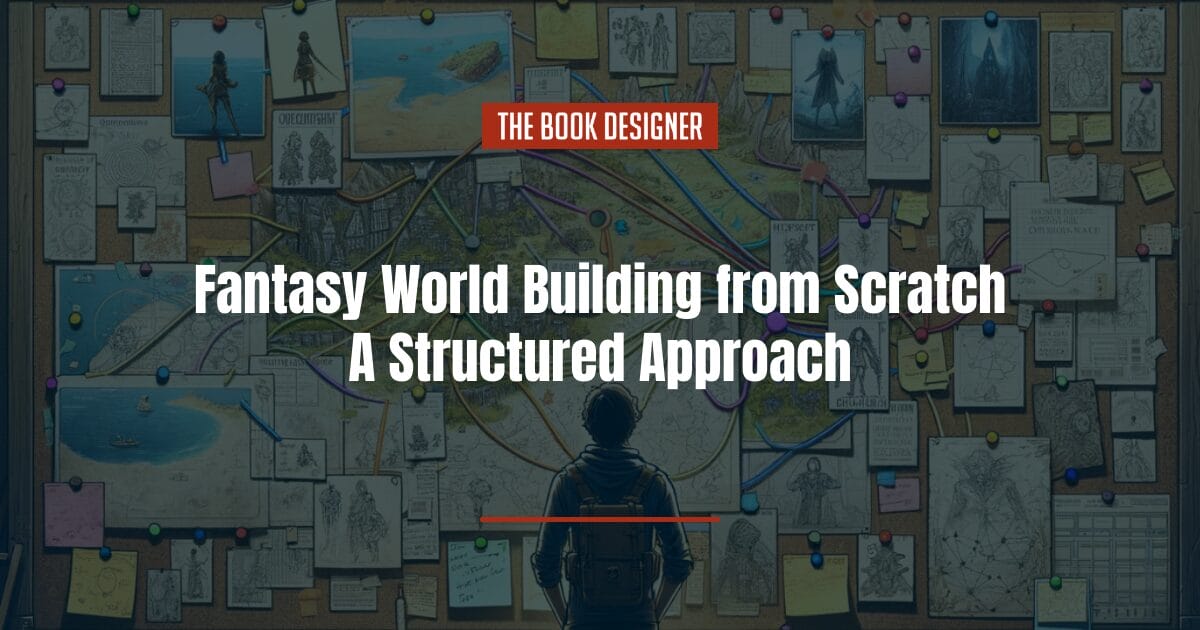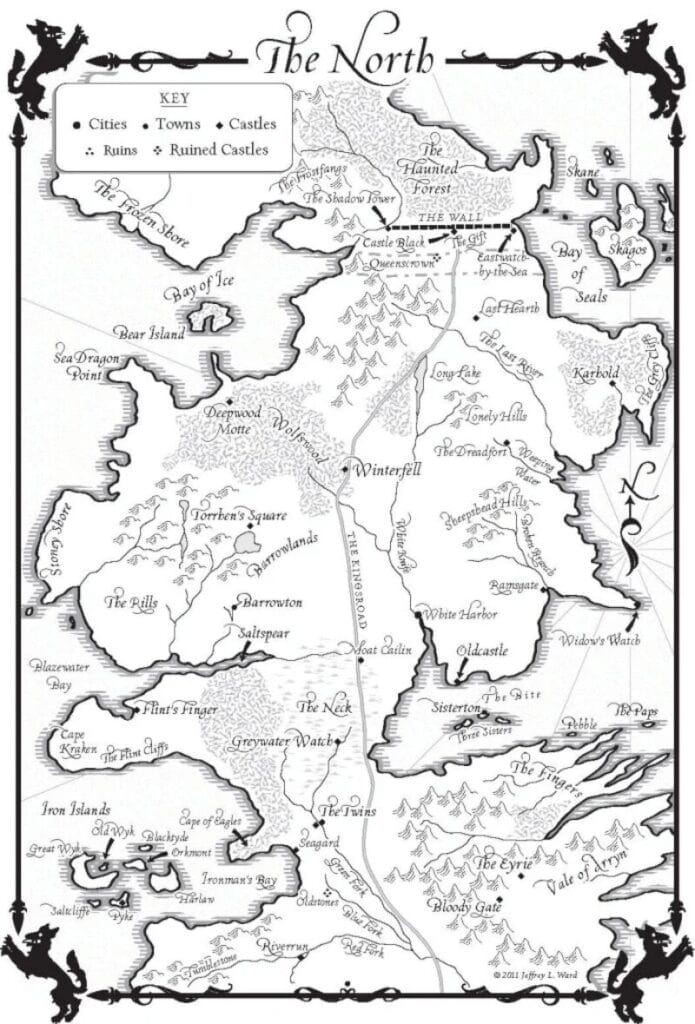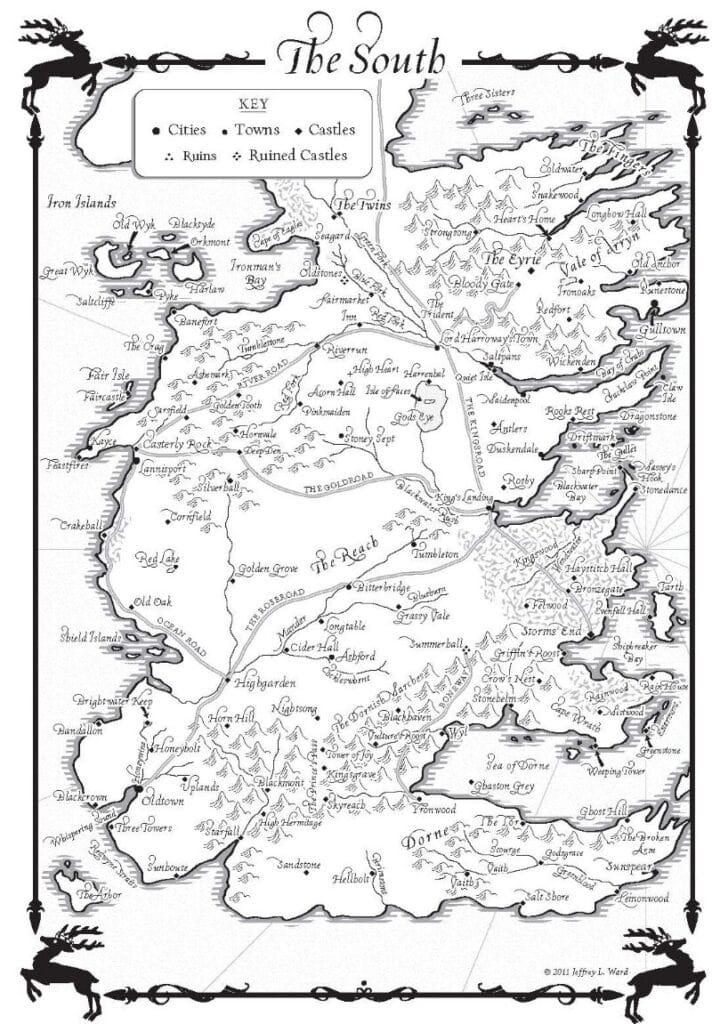Ursula Le Guin has profoundly influenced what it means to be a fantasy writer. What stuck with me from her speech at the Children’s Literature Breakfast BookExpo in 2004, while not directly related to fantasy world-building, defines its purpose. She believed that fantasy isn’t just about escape or the spectacle of magic. Instead, it’s a means to examine human behavior, free from the constraints of our own society. While the concept of magic and other worlds is enchanting on its own, at the heart of every fantasy story lies a deep exploration of human nature.
To depict characters’ behavior realistically, they must navigate a world with its own set of rules. The places they live, their political and religious beliefs, and the way they interact with others all shape who they are at their core.
As fantasy writers, we have the liberty to manipulate these factors to mold our characters precisely as we wish. However, this freedom demands comprehensive fantasy world building on the writer’s part.
In this article, we’ll delve into the key aspects that make fantasy world building successful:
Timing of World-Building
According to George R.R. Martin, fantasy authors fall into two categories: “architects” and “gardeners.” Architects like to plan every detail of their world before they start their story, while gardeners prefer to let the world grow as they write. And, of course, some authors adopt a mixed approach.
Architects: J.R.R. Tolkien
Tolkien is a classic example of detailed planning in world-building. Long before starting The Lord of the Rings, he created Middle-earth’s languages, histories, and maps and illustrations. His stories, rich with lore and history, present a deeply interconnected world. Tolkien’s method involves designing every part of his stories to fit into a clearly defined universe.
Gardeners: Terry Pratchett
Pratchett represents a more spontaneous type of fantasy writer. His Discworld novels expanded gradually, with the world and characters developing bit by bit in each book. His writing explores the changing and diverse aspects of our own society taken to the absurd in Discworld. This approach allowed Sir Terry to cover various themes and places on the Disc, with the world and its characters growing organically with each new book.
Mixed Approach: Ursula K. Le Guin and George R.R. Martin
Ursula K. Le Guin and George R.R. Martin use a somewhat mixed approach when creating their worlds.
Le Guin’s Earthsea series combines careful planning of magic rules and geography with more spontaneous development of cultures and characters. Her work often explores deep philosophical and ethical questions in a well-developed but flexible setting.
Martin constructs a detailed political, historical, and geographical setting for A Song of Ice and Fire but lets his characters evolve more freely, reacting to the story as it progresses. This balance results in a story with complex characters and a well-defined world.
The approach to world-building depends not only on your preference but also on the types of stories you want to tell. Some stories need a strong, detailed foundation, while others work better with gradual development.
Key Aspects of Fantasy World Building
Creating a fantasy world involves mixing elements to make your story come alive. Let’s look at how certain aspects are crucial and how famous authors have nailed them:
Geography and Climate
The foundation of fantasy world building begins with the physical environment of your story. For instance, J.R.R. Tolkien’s Middle-earth has a variety of climates that affect the people living there. George R.R. Martin’s Westeros uses long seasons to shape its political and social life, showing how weather and geography are more than just a backdrop (and spanning many theories for reasons behind these unusual seasons).
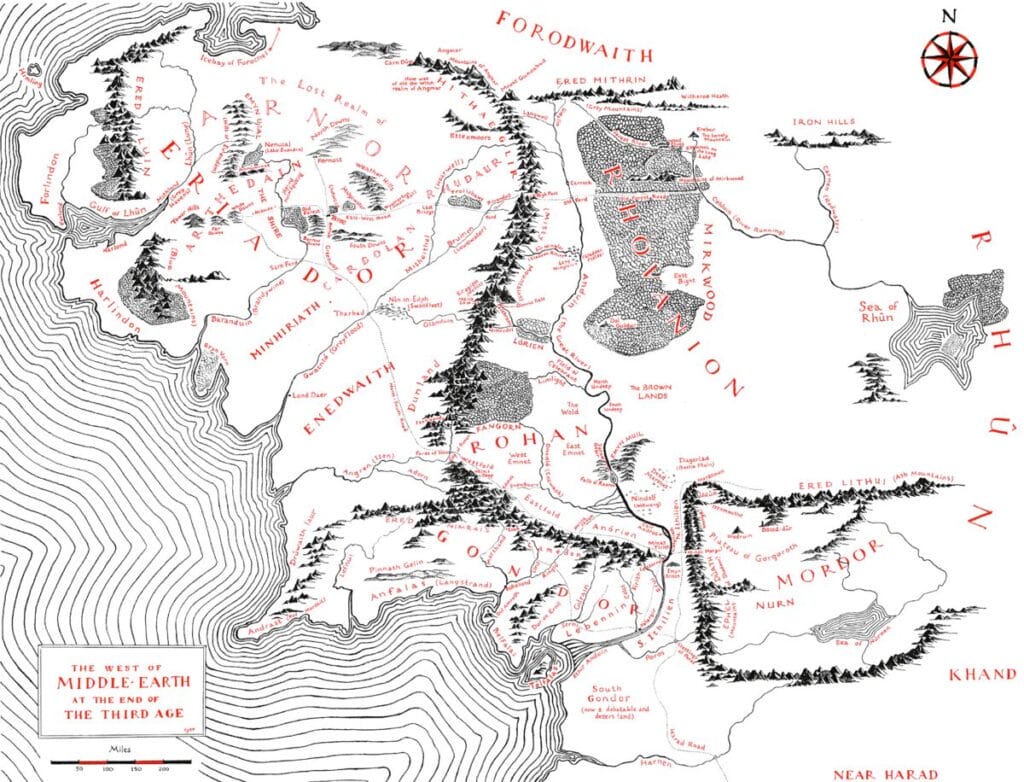
Culture and Society
This aspect shapes how characters behave and interact based on common beliefs and ways of life. For example, Ursula K. Le Guin’s Earthsea shows societies shaped by magic, while Terry Pratchett’s Discworld uses humor to reflect on our own world’s issues.
Languages
In fantasy world building, a unique language can add unparalleled depth. Tolkien’s is the best example of this. A philologist by profession, Tolkien crafted at least ten languages for Middle-Earth, varying in complexity: three Elvish, one Dwarvish, three human tongues, the Black Speech of Mordor, and the more conceptually outlined Entish and Valarin.
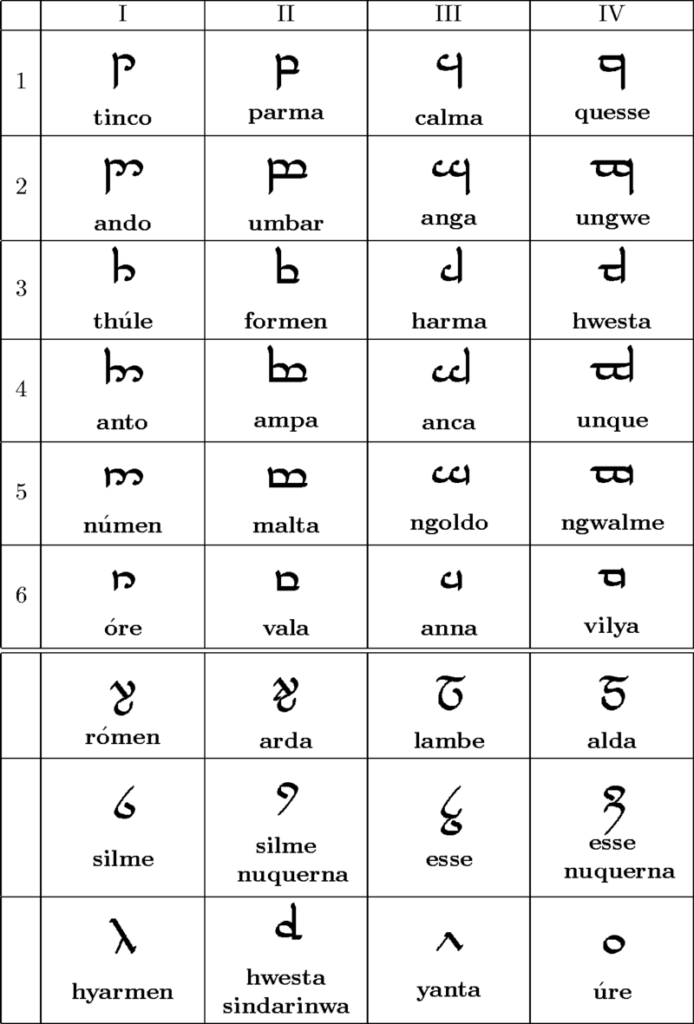
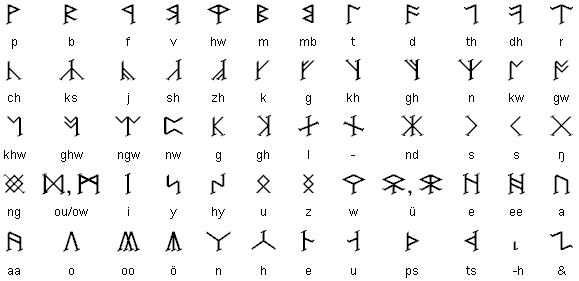
Religion and Mythology
What people believe in affects their actions and the story’s direction. In Brandon Sanderson’s Cosmere universe, religious beliefs are central to the story’s unfolding. N.K. Jemisin’s The Broken Earth series uses mythology to deepen the lore of her world, integrating it into the fabric of society.
Political and Legal Systems
Politics can drive a story’s conflict and plot. George R.R. Martin’s A Song of Ice and Fire is known for its political intrigue and deeply developed legal systems, starting from the judicial system and ending with taxation. Joe Abercrombie’s First Law series presents a nuanced view of governance power and explores its effect on society.
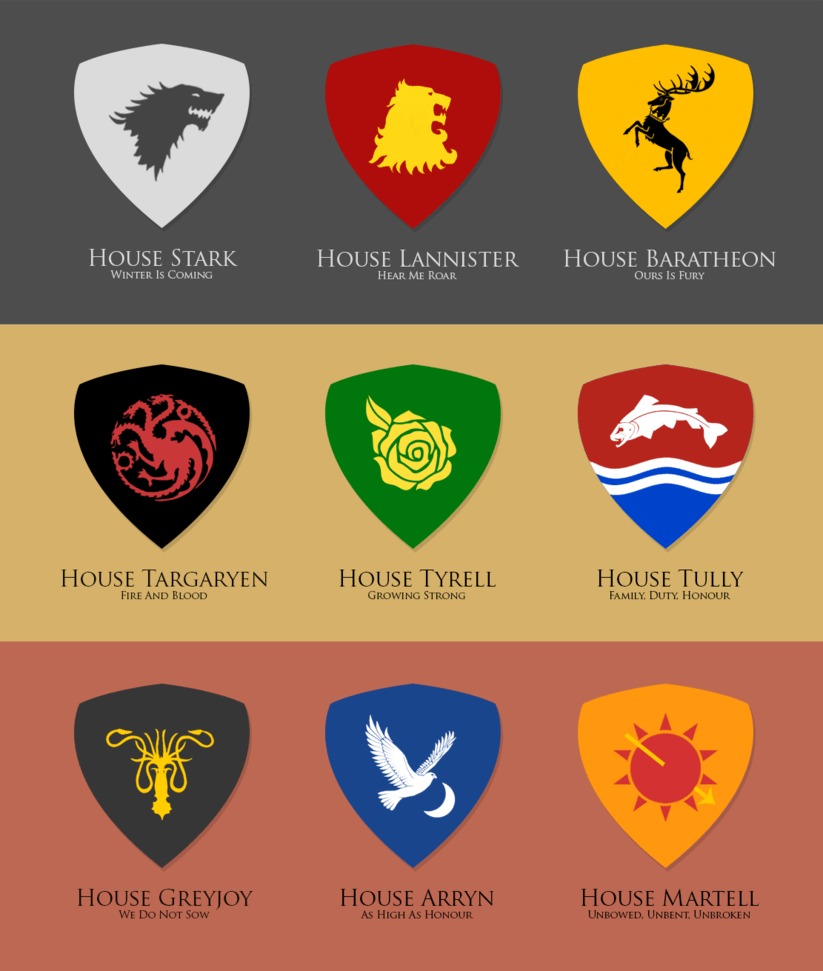
Magic and Technology
These elements set your world’s progress and how characters solve problems. Brandon Sanderson’s Mistborn series shows how clear magical rules can improve a story. They shape what people can do and affect social ranks, the economy, and fighting strategies. Frank Herbert’s Dune, on the other hand, uniquely combines technology and magic.
Economy and Trade
Wealth and resources affect how societies develop and interact. Scott Lynch’s Gentleman Bastard series explores economic schemes. The detailed depiction of commerce, crime, and the influence of wealth on society provides a vibrant backdrop for his stories.
Military and Warfare
Battles and military strategies can add tension. Steven Erikson’s Malazan Book of the Fallen is filled with strategic fights. This aspect offers a granular view of warfare’s impact on empires and individuals.
Education and Knowledge
Learning systems shape characters and society. J.K. Rowling’s Harry Potter series focuses on a magical school that is a microcosm of the wizarding world. Hogwarts isn’t just a backdrop for adventures—it’s a fundamental part of characters’ growth and development.
Environmental and Urban Dynamics
The setting influences culture and story. In the world of Arcane, which is not based on a book but a game, the cities of Piltover and Zaun vividly showcase environmental and urban dynamics. This setting shapes the characters’ lives and the series’ core themes of inequality and ambition.

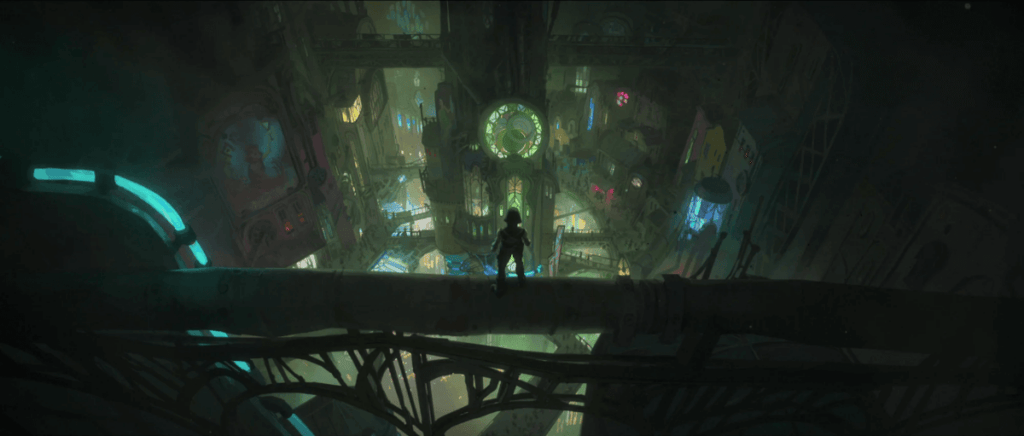
Listed like this, it looks like a long list of lore to develop, and you might wonder if you’ll have the time to write your actual story. But the best part is, you don’t need to detail every part of your world. Instead, focus on what’s important for your story.
For example, racism is central to The Witcher, requiring deep exploration of cultures. George R.R. Martin’s A Song of Ice and Fire needs a well-thought-out political landscape, and Tolkien’s work requires a rich background of myths and languages. This will make your narrative cohesive and immersive, drawing readers deeper into the world you’ve created.
Keeping Track of World-Building Elements
Building a fantasy world means managing a lot at once: geography, history, cultures, and languages. There are many ways to organize the information to avoid losing track of it, ranging from classic methods like pen and paper to the latest digital tools.
Traditional Methods
- Notebooks: This method is a favorite for many writers because of its simplicity (but also, don’t we all love pretty stationery?). Notebooks are great for jotting down ideas, drawing maps, or planning out timelines; they don’t need to be charged.
- Index Cards and Post-it Notes: Perfect for sorting out your story’s key elements like plot twists, character details, or settings. They visually show how everything connects; you can move things around as your story evolves.
Digital Tools
- World-Building Software: There are tools designed specifically for crafting detailed worlds. Their features include drawing maps, creating timelines, and organizing the information about your characters and places. Popular options include Scrivener, World Anvil, and Campfire Pro.
- Note-Taking Apps: Apps like Evernote, OneNote, and Google Keep sync across devices so you can take and read notes anywhere. Features like tagging, searching, and adding multimedia also help capture every aspect of your world in one place.
The choice of the system to track your world’s lore depends on what feels right for you. Try different pen-and-paper methods and digital tools to have a feel for what words are best for you.
Useful Tools for Building Fantasy Worlds
Crafting a fantasy world is a big challenge, but plenty of tools exist to help. Whether you prefer traditional methods or the latest technology, each option brings its advantages to mapping out landscapes, creating names, or developing languages.
Traditional Tools
When creating your fantasy world, using sketchbooks and real maps can be very helpful. Sketchbooks allow you to draw your world’s landscapes and characters, giving you a direct way to visualize your ideas. Real maps inspire your world’s geography and show how landscapes can affect cultures and societies. These traditional tools work well with digital ones, providing a solid foundation for your imagination.
Modern Tech Tools
- AI Naming Generators: Websites like Fantasy Name Generators or Behind the Name can quickly come up with names that suit your world’s atmosphere.
- Language Creation Tools: Tools like Vulgar Lang and ConWorkShop help you create unique languages and offer tips on grammar and vocabulary.
- Fantasy Map Generators: Tools such as Inkarnate and Azgaar’s Fantasy Map Generator let you design detailed maps, making it easier for readers to imagine your world.
Mixing traditional and AI tools can equip you with everything needed to forge engaging and detailed fantasy realms. Yet again, choosing the right tools is about what fits best with your creative style. Regardless of the method, the goal is to create a real and immersive world for your readers.
Final Thoughts
Creating a fantasy world that feels real and lived-in is at the heart of fantasy world building; it takes creativity, careful planning, and good organization. The most engaging fantasy worlds are the ones that readers can truly believe in, which feel so real they could exist outside the book. Getting this realism from an imagined world isn’t simple; you must think carefully about everything from geography and culture to language and laws.
Luckily, writers today have many tools to help them. Classic tools like notebooks and index cards are great for jotting down and sorting ideas hands-on. Modern AI and digital tools can quickly create names, languages, and maps, adding depth and efficiency to your work.
As you build your fantasy world, remember to plan but also be able to adapt as you go. Choosing the right mix of old and new tools to match your story can simplify the process and bring your fantasy world to life.


